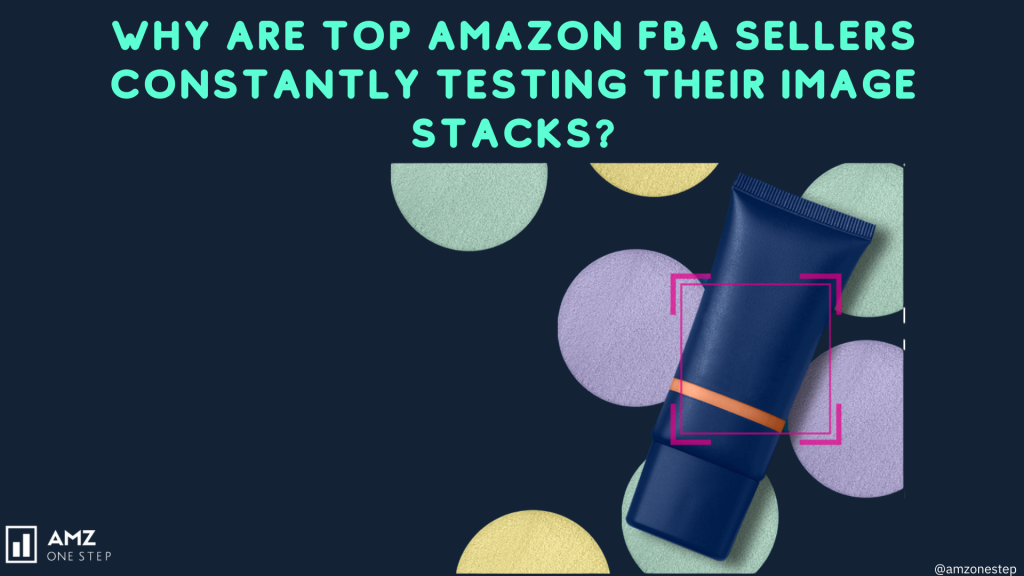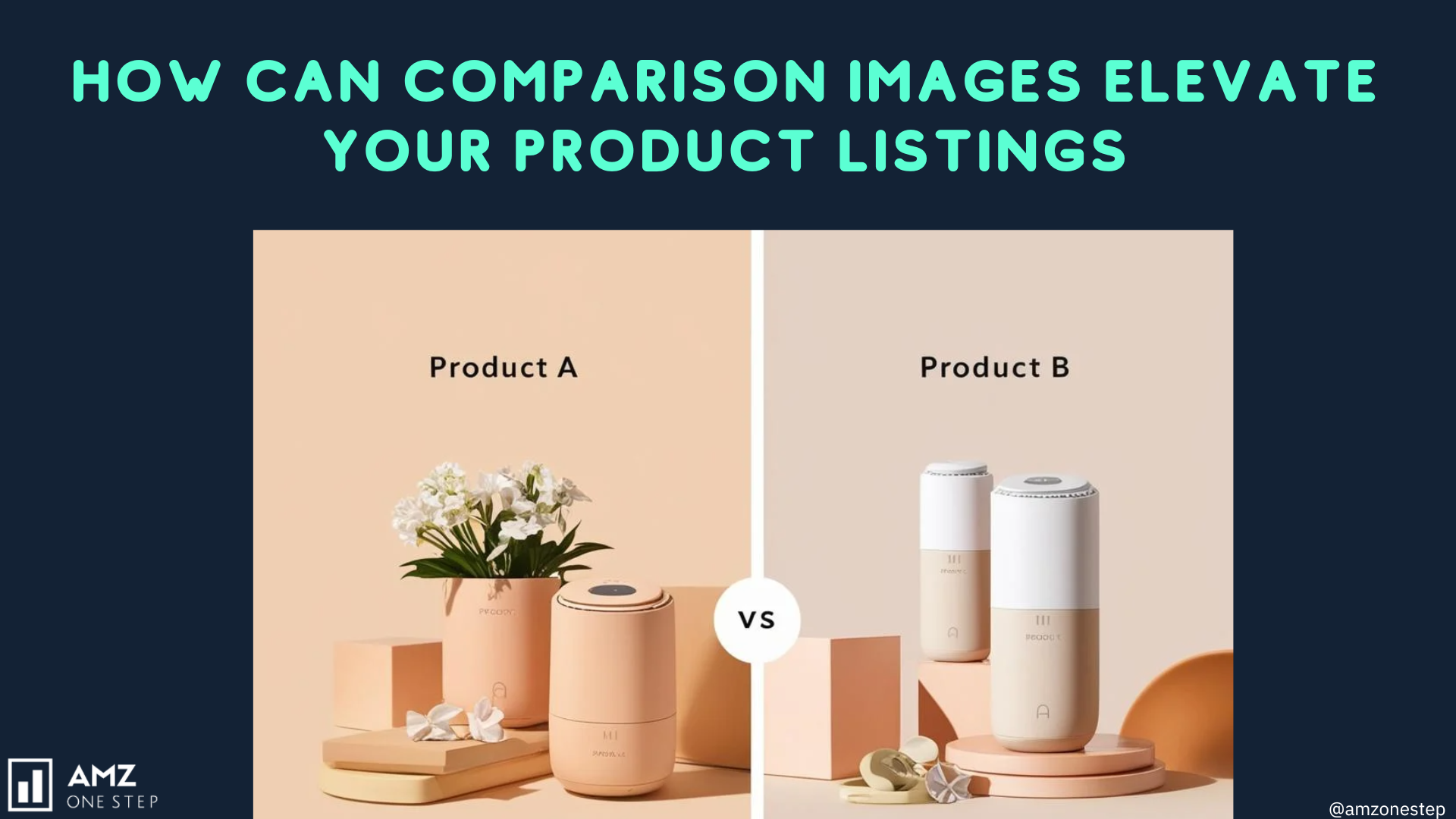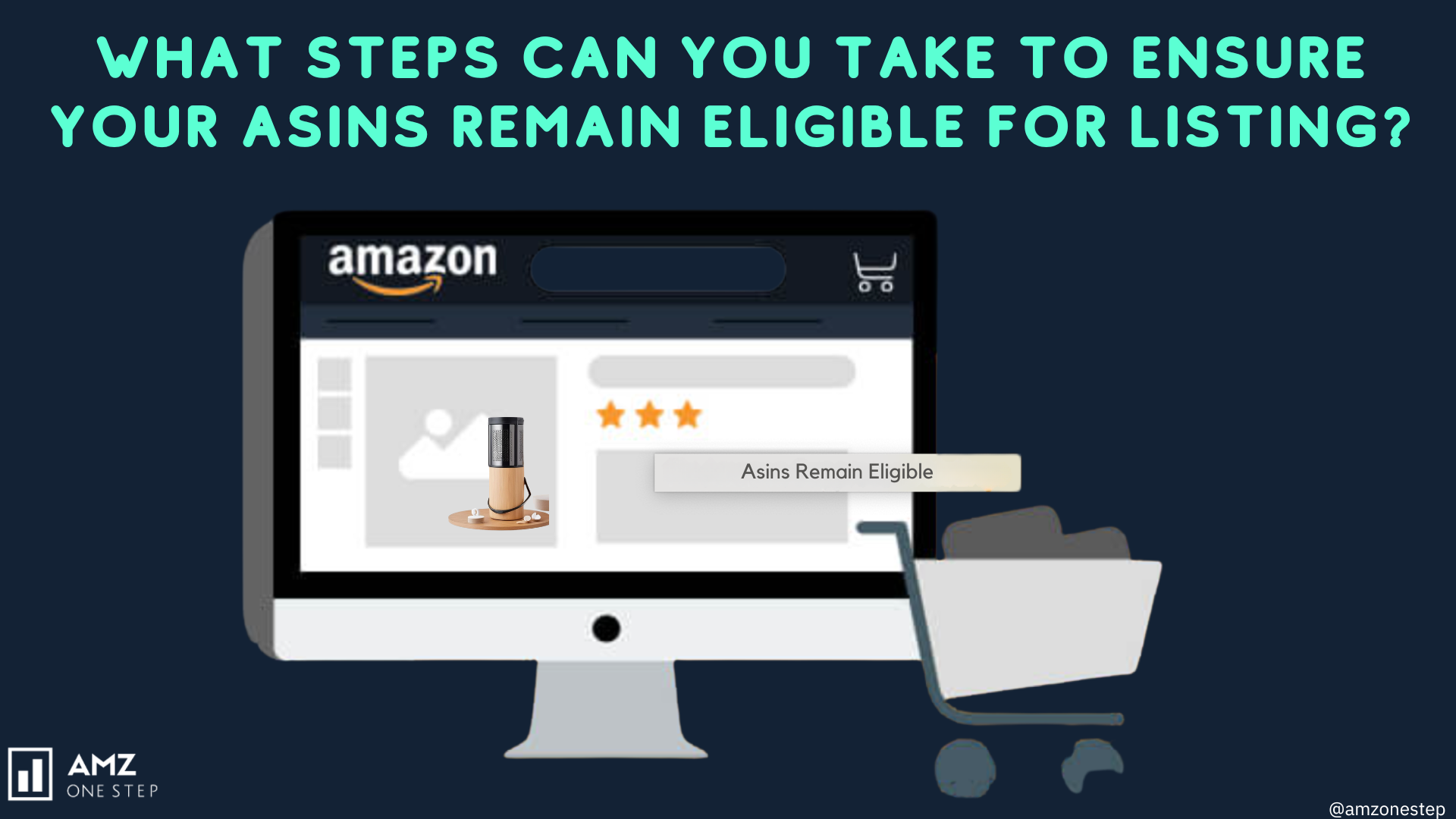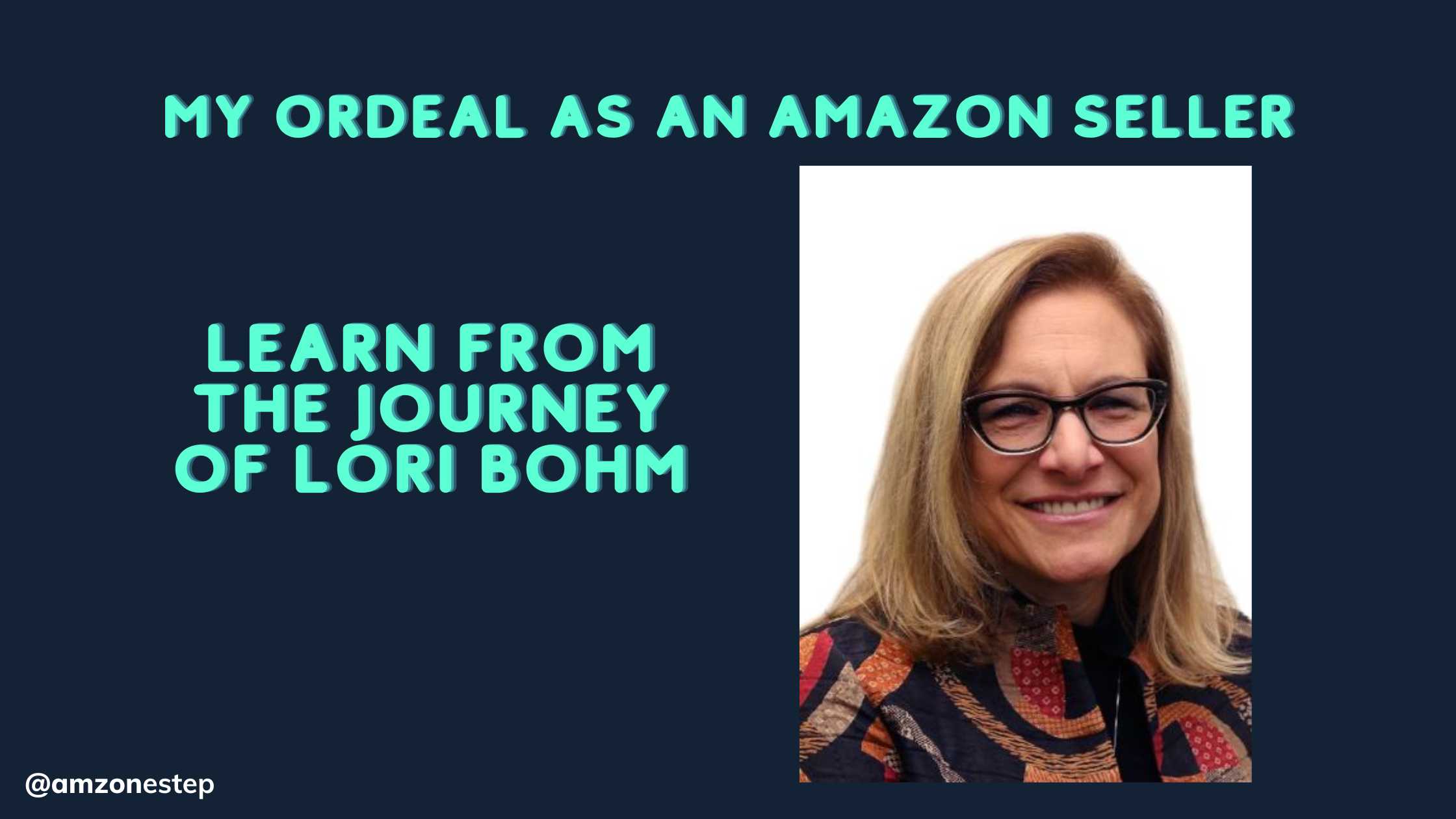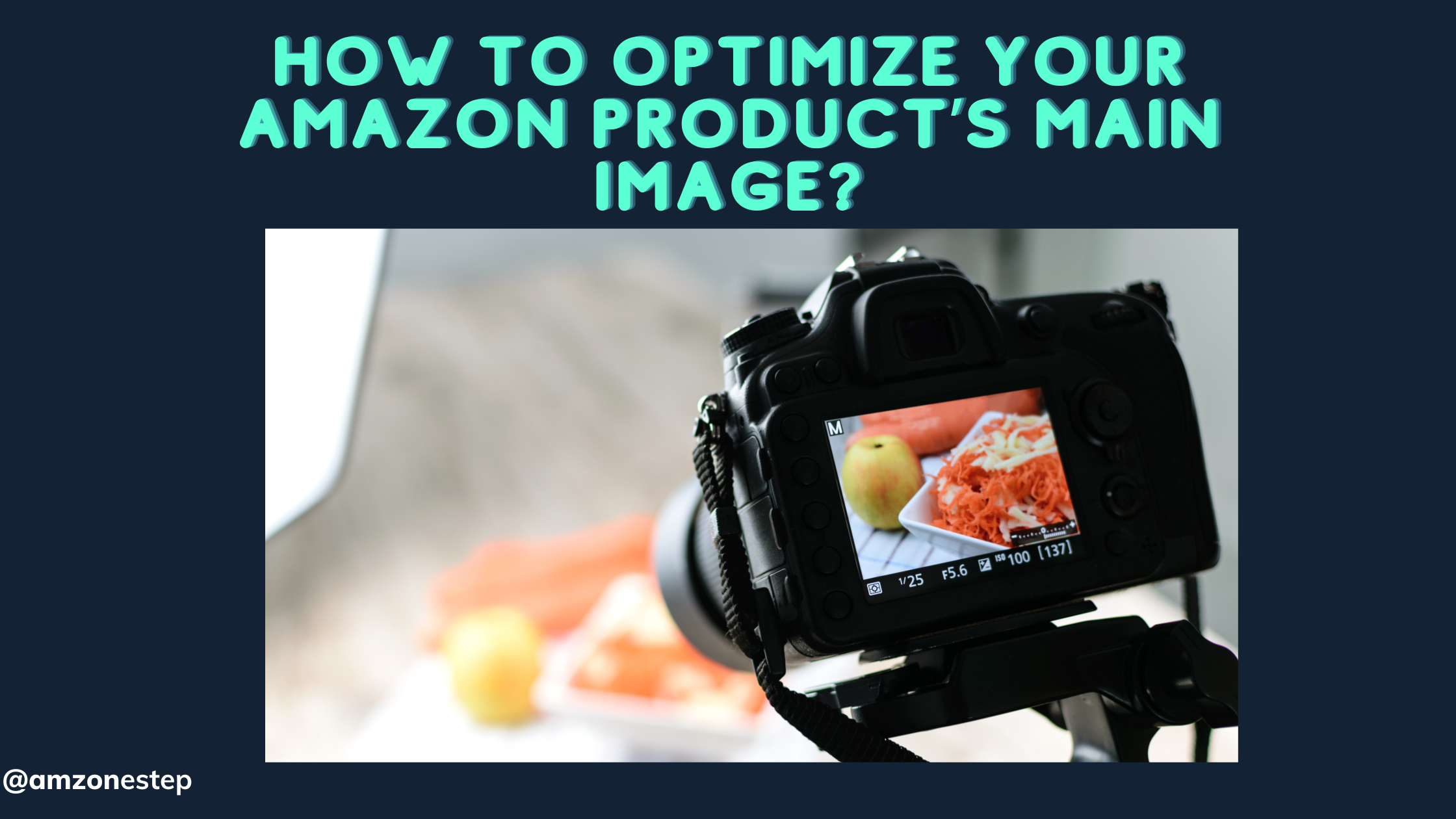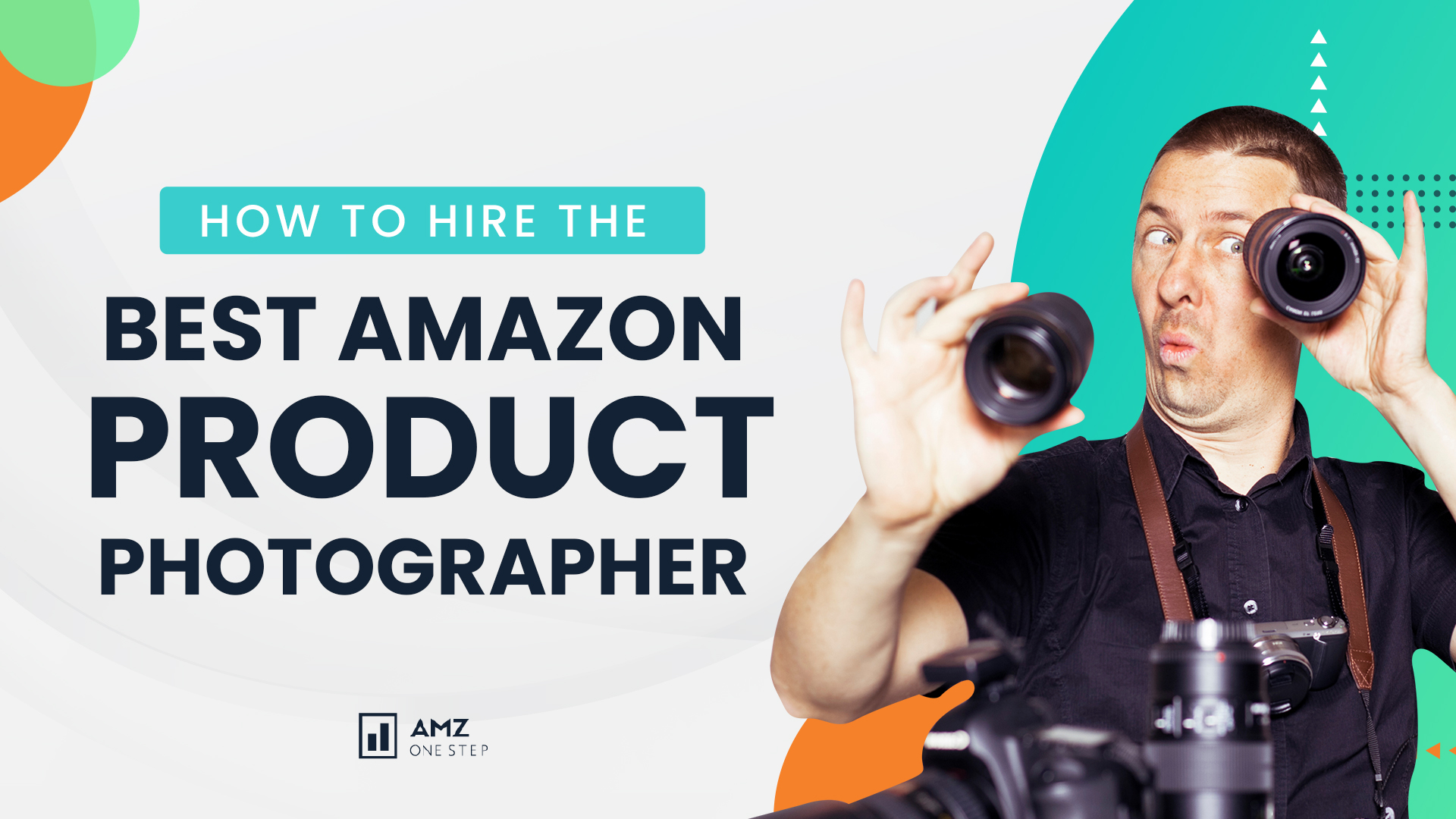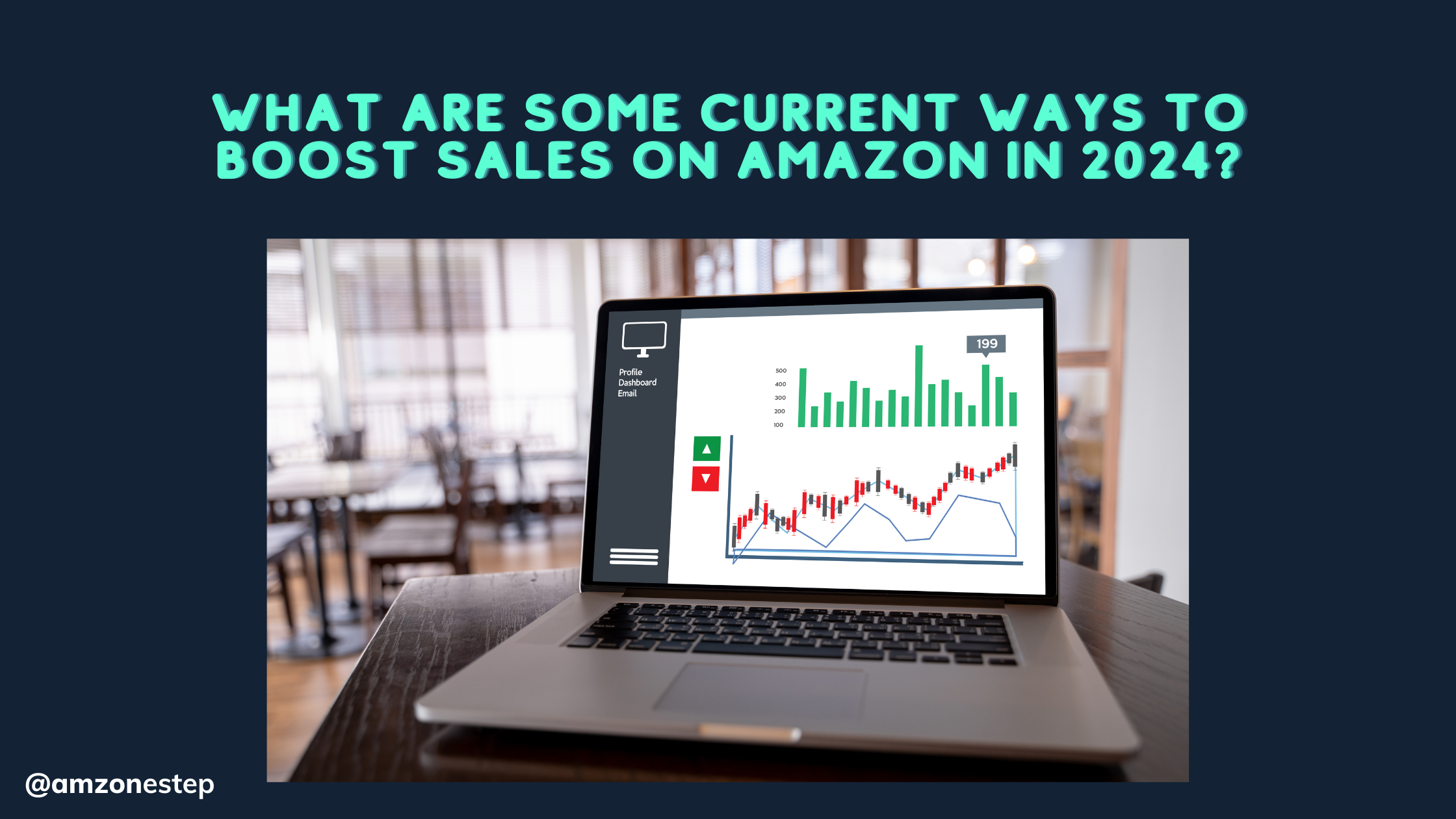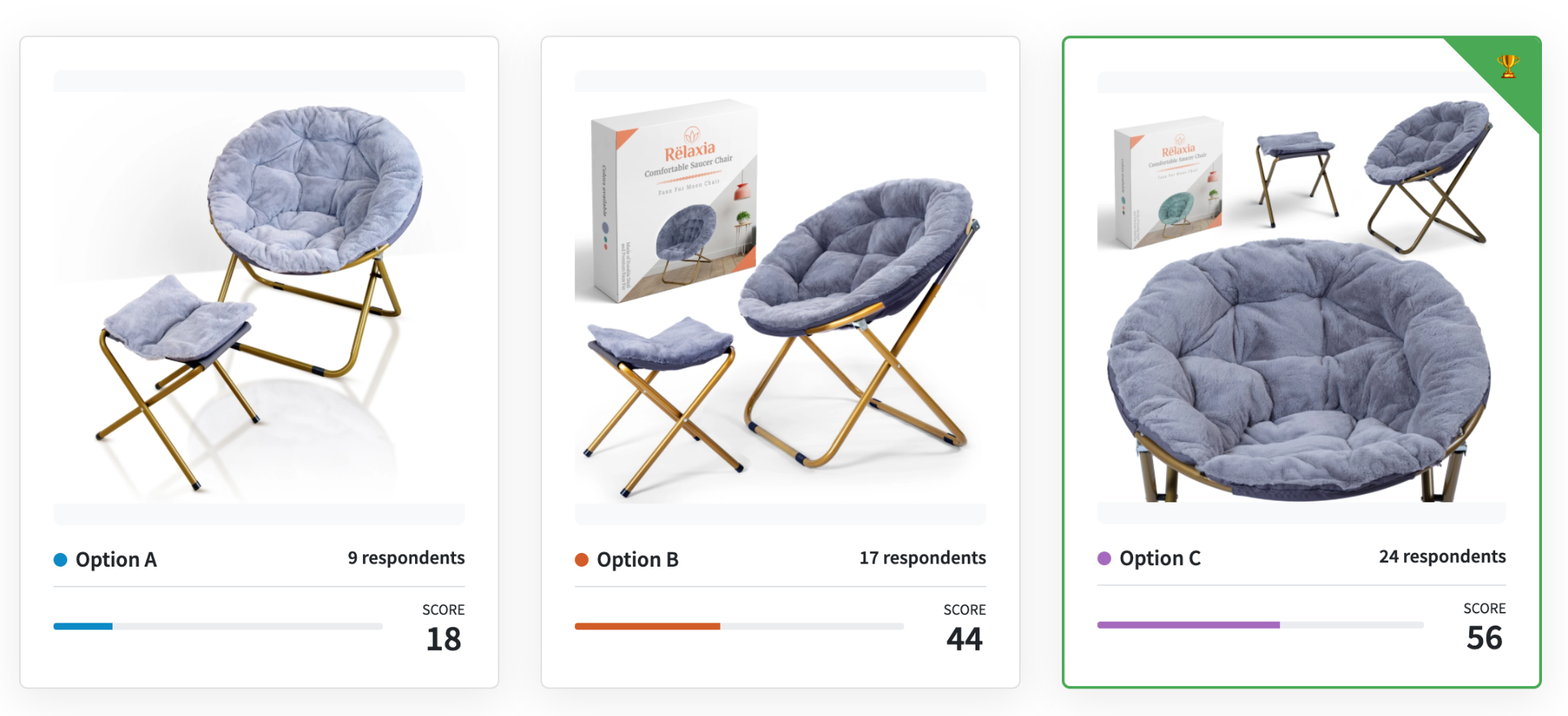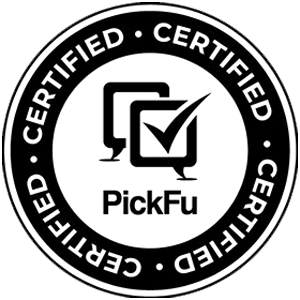Imagine scrolling through Amazon, searching for the perfect product. What grabs your attention first? The images. Before reading a title or checking reviews, shoppers rely on visuals to decide if a product is worth their time.
Top Amazon FBA sellers understand this and never settle for just “good enough” images. They constantly test their image stacks, tweaking backgrounds, angles, lighting, and even the order of images to maximize conversions.
A small change—like switching a lifestyle shot with a close-up—can mean the difference between a sale and a lost customer. That’s why the best Amazon FBA sellers treat their image stacks as a dynamic asset, continuously refining them to match consumer preferences, seasonal trends, and Amazon’s ranking algorithm.
So, why are these sellers obsessed with testing? Optimized Amazon product images lead to higher rankings, increased engagement, and ultimately, more revenue.
In this guide, we’ll explore why top Amazon FBA sellers are always experimenting with their image stacks—and how you can do the same to boost your Amazon sales.
Explore More: Amazon MWS Keys: Essential for FBA Sellers
Table of Contents
How Primary Images Influence Amazon Search Rankings

First Impressions Increase Click-Through Rates (CTR)
A product’s main image on Amazon is often the deciding factor for customers when comparing listings. Shoppers make quick purchasing decisions based on product images, especially when they’re crisp, clear, and engaging.
The professionalism of Amazon product photography—including lighting, angle, and composition—plays a huge role in generating a strong first impression.
Take a high-quality photo of a smartwatch, for example. If it’s professionally captured to showcase its elegant design, screen clarity, and premium materials, it’ll attract attention. On the flip side, a grainy or poorly lit image can instantly drive customers away.
To increase Amazon CTR, top sellers frequently A/B test image variations—changing angles, lighting, and composition to find the most effective version.
Explore More: What Factors Are Influencing Your Amazon CTR?
Amazon’s Algorithm Prioritizes Engaging Images
Amazon’s A9 algorithm evaluates various performance metrics, and one of the biggest is user engagement. If a shopper clicks on your listing more often than your competitors’, Amazon will reward you with better visibility in search results.
For instance, a high-resolution image of a blender showing off its controls and unique features will likely outperform a generic image. Clear, close-up product photos help users quickly assess the product’s value—boosting clicks and increasing conversions.
Another great example is a gaming headset with a brightly lit image that reveals plush cushioning and glowing LEDs. These details draw attention and encourage more interaction with the listing.
Clear Backgrounds Improve Visibility

Amazon product photography best practices recommend using a pure white background for main images. This not only looks professional but also aligns with Amazon’s technical guidelines, helping ensure your listing remains active and unflagged.
Imagine a pair of white sneakers shown on a clean white background—it appears sleek and professional. But if the same shoes are placed on a cluttered surface, the product can seem untrustworthy.
Professional Amazon FBA sellers often invest in professional product photography to ensure their images are not only compliant but also appealing to their audience.
Proper Image Sizing Enhances Mobile Experience
With a large percentage of users shopping on mobile, image sizing matters more than ever. Amazon recommends that product images be at least 1600 pixels on the longest side to enable the zoom feature.
For example, a skincare product with a large, zoomable image lets shoppers inspect ingredients and texture. This boosts confidence and encourages purchases.
If images are too small or blurry, customers might leave your listing—hurting your Amazon conversion rate and search ranking.
Explore More: How Can Comparison Images Elevate Your Product Listings
Lifestyle Imagery Creates Emotional Appeal
Lifestyle shots in secondary images help buyers visualize real-world usage. They’re an effective way to establish an emotional connection and boost product engagement.
Think of a yoga mat shown in use at a serene park. It evokes a feeling of tranquility and fitness, making the product more desirable. Or a camping tent shown with a family enjoying a trip—this connects emotionally and highlights the tent’s spaciousness and practicality.
Bright and Vibrant Colors Attract Attention
In a crowded marketplace like Amazon, colors matter. Bright and vibrant product images catch the shopper’s eye more effectively than dull ones.
For example, a red travel mug on a white background is far more noticeable than a gray one. Likewise, a set of resistance bands in bold neon colors will stand out from muted competitors, resulting in more clicks and potential sales.
Sharp Image Contrast Highlights Product Details

Good contrast helps buyers see the product’s texture, features, and build quality. A stainless steel water bottle with strong highlights and shadows looks sleek and premium, while a poorly lit version may look generic.
For a laptop bag, showcasing its compartments, zippers, and padding with high contrast can better communicate the value and function of the product.
Zoom Functionality Builds Customer Confidence

Shoppers love to zoom in and inspect product details before buying. That’s why high-resolution Amazon images are essential. If zoom isn’t enabled, trust and interest can quickly drop.
For example, close-ups of a leather handbag’s stitching or a smartwatch’s screen interface help prove quality and boost customer confidence. Ensure images are sharp and meet Amazon’s resolution standards to enable zoom and increase conversion rates.
Product Positioning in the Frame Impacts Perception
How a product is centered and positioned in the image affects how trustworthy and polished your listing looks. A product perfectly centered and proportioned creates a sense of balance and professionalism.
If the item is off-center, awkwardly cropped, or photographed at an odd angle, it may come across as low-quality—even if it’s not. Invest time in framing and composing your primary image thoughtfully to improve shopper perception.
Final Thoughts
Top Amazon FBA sellers know that image optimization is an ongoing process. With the right mix of short-tail keywords like “Amazon images,” and long-tail keywords like “how to increase CTR on Amazon listings” or “professional Amazon product photography tips,” your product can stand out and rank higher.
Don’t just upload and forget—test your image stack, analyze performance, and adjust based on what works best for your audience. Whether you’re a beginner or a seasoned seller, treating your image assets as key marketing tools can be the difference between average and exceptional results.

Hi there! I’m the content marketing and branding specialist for AMZ One Step. I work hard to create engaging and informative content that helps our readers learn more about Amazon selling and how to make the most of their businesses. I love spending time with my family and exploring literary works when I’m not writing or working on projects.

